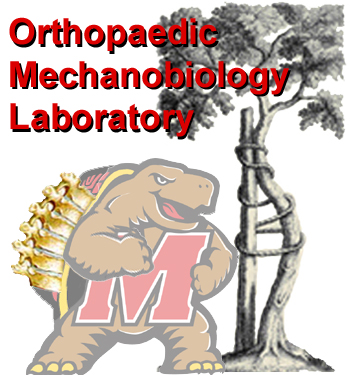 |
Graduate Research Assistant
Lauren came to the University of Maryland in the fall of 2013, after finishing her Bachelor's in Civil Engineering from the University of Delaware. She joined the lab in the Spring of 2014 and has been working with nucleus pulposus cells of the intervertebral disc. She is currently analyzing the cellular phenotypic transition associated with aging and disc degeneration.
LinkedIn | Contact
Education
Research Interests
- Mechanotransduction of Nucleus Pulposus cells of the IVD
- Disc Degeneration and Regeneration
Abstracts/ Posters
- Resutek, L, Hsieh, AH. The Role of the Cytoskeleton in Structurally Maintaining
Vacuoles of Notochordal Cells. Orthopaedic Research Society. Poster. San Diego, CA, March 19-22, 2017.
- Resutek, L., Hsieh, AH. Role of Cytokeratin Intermediate Filaments in Maintaining Vacuolar Morphology in Chordoma Cells. Poster. Cellular and Molecular Bioenginnering Annual Conference, Big Island, HI, January 3-7, 2017.
- Resutek, L., Kim, H., Luna, C., Hsieh, AH. Nucleus Pulposus Cell Morphology: Effects of Collagen Substrate Stiffness and Configuration. Poster Th-248. Biomedical Engineering Society, Tampa, FL, October 7-10, 2015.
- Resutek, L., Kim, H., Hsieh, AH. Role of Collagen Substrate Configuration and Stiffness on Nucleus Pulposus Cell Morphology. Poster 1598. Orthopaedic Research Society, Las Vegas, NV, March 27-31, 2015.
Awards
- Jacob K. Goldhaber Travel Grant, October 2016, awarded by University of Maryland Graduate School
- National Science Foundation Graduate Research Fellowship, March 2015 - Honorable Mention, awarded by NSF GRFP
|
 |
 |

